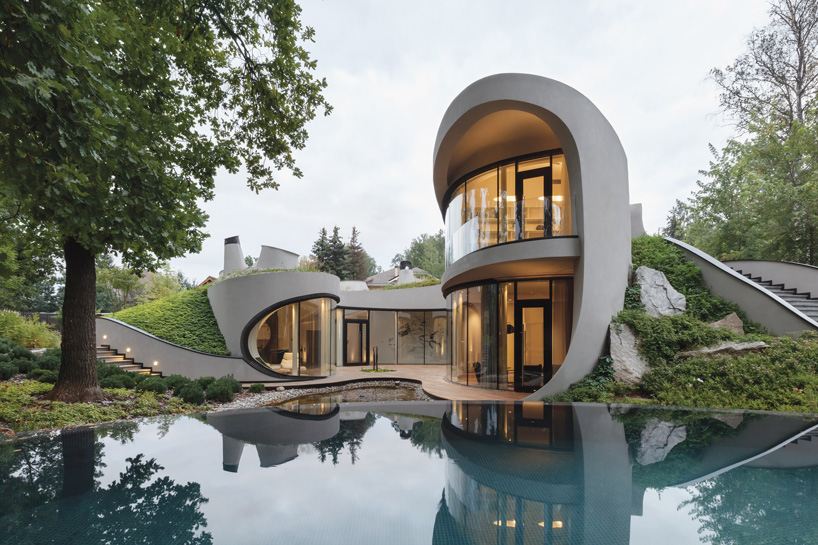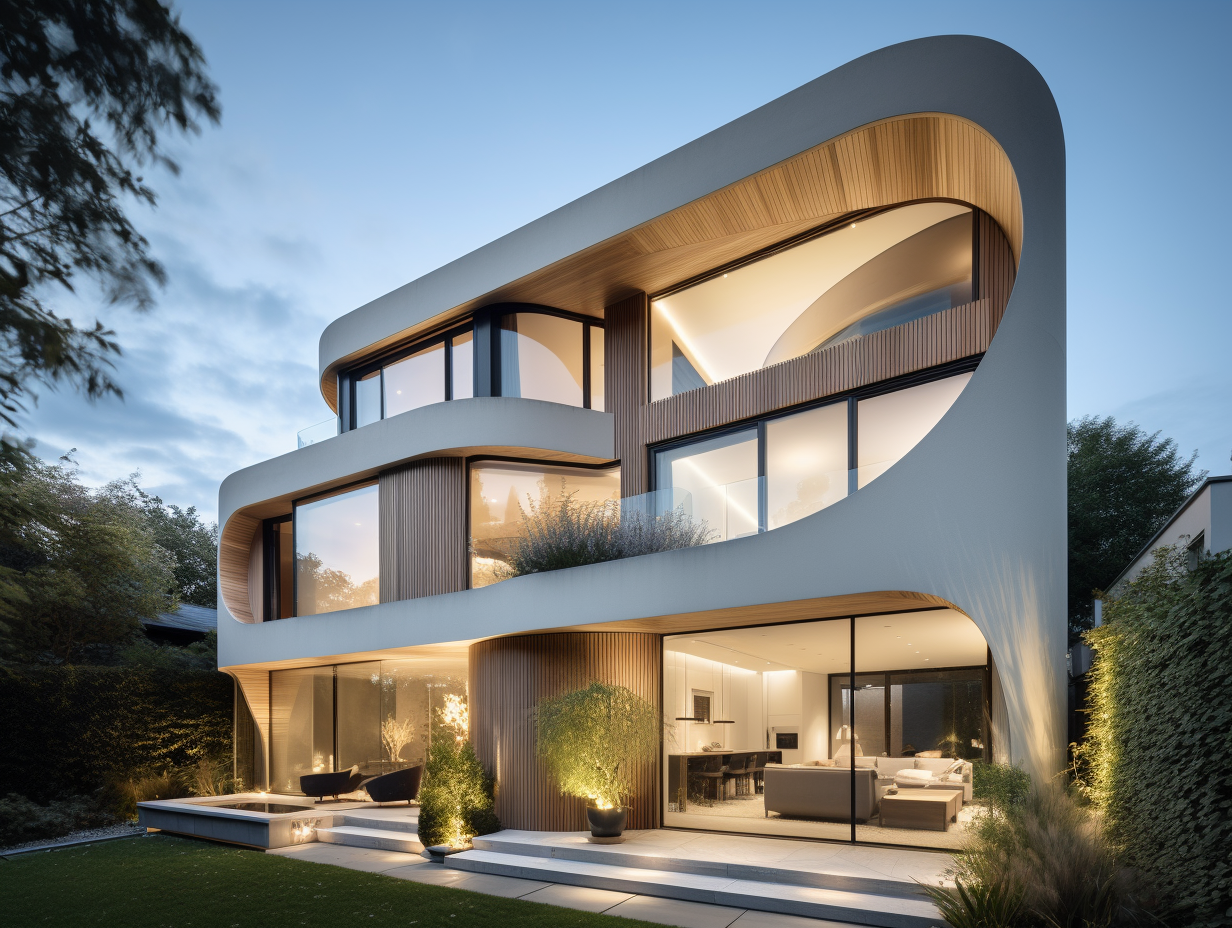The Creative Process Behind Successful Projects from CDA Architects
Comprehending the Collaborative Process Between Architects and Engineers in Modern Building Projects
The collective procedure between engineers and engineers is crucial in contemporary construction jobs, as it harmonizes style intent with design expediency. Exploring these dynamics discloses insights that might significantly affect task results and total industry requirements.
The Relevance of Partnership
The joint synergy between engineers and engineers is vital for the effective realization of any type of building and construction project. This partnership combines distinctive know-how and perspectives, allowing the assimilation of cutting-edge design with practical design remedies. By collaborating, architects and engineers can make certain that a job not only meets aesthetic and useful needs but also sticks to security, sustainability, and monetary restraints.
Cooperation cultivates a shared vision, helping with the positioning of goals and expectations from the beginning. This positioning is critical in resolving possible obstacles and mitigating threats that can arise during the project lifecycle. A joint approach permits for the reliable appropriation of sources, enhancing both time and expense.
The significance of collaboration reaches the repetitive procedure of layout and building, where feedback from engineers can educate building decisions, resulting in more viable and lasting designs. Conversely, engineers can inspire designers to believe creatively about just how to accomplish structural honesty without jeopardizing artistic intent. Inevitably, the collective relationship in between engineers and designers is not simply useful; it is fundamental to the production of premium, functional, and cutting-edge developed settings that satisfy the needs of society.
Interaction Methods and Devices
Efficient interaction methods and devices are important for cultivating partnership in between designers and designers throughout the project lifecycle. Developing clear channels of interaction is necessary to make certain that all employee are aligned with job purposes, timelines, and obligations. Normal meetings, both in-person and digital, offer opportunities for stakeholders to review progress, address worries, and make educated decisions.
Using task management software, such as BIM (Building Information Modeling) platforms, improves cooperation by enabling real-time sharing of design adjustments and technological specifications. These devices help with openness, allowing architects and engineers to picture adjustments and assess their influence on the general task.

Shared Objectives and Task Vision

Establishing common goals you could try here entails open dialogue and a complete understanding of each discipline's payments. Architects normally concentrate on style intent, spatial partnerships, and individual experience, while engineers stress architectural integrity, systems functionality, and conformity with policies (cda architects). When these viewpoints are straightened, the result is a cohesive job that sticks to both innovative desires and technical expediency
Moreover, a well-defined job vision cultivates liability among employee, urging each participant to take ownership of their function in accomplishing the wanted end result. Regular check-ins and collective workshops can additionally enhance this dedication, permitting adjustments to be made as the project develops. Eventually, a common vision not just improves synergy yet additionally boosts the quality of the final deliverable, leading to successful project completion.
The Role of Technology
Leveraging innovation has ended up being important in boosting collaboration between designers and designers. Structure Information Modeling (BIM) stands out as an essential modern technology, allowing both designers and designers to develop detailed 3D models that encapsulate style intent and architectural honesty.
Furthermore, cloud-based systems allow smooth cooperation, permitting project stakeholders to access and update job data from anywhere. This promotes a society of transparency and accountability, as changes can be tracked and evaluated in real-time. Furthermore, mobile applications additional boost interaction, giving on-site groups with prompt accessibility to task requirements and updates.
Arising modern technologies such as artificial knowledge and artificial intelligence are also beginning to play a function in predictive analysis, helping teams identify possible concerns prior to they develop. Eventually, the function of innovation in architecture-engineering partnership not just boosts operations company website performances however likewise enhances innovation, leading to even more effective job outcomes. By embracing these technical improvements, designers and engineers can ensure a much more cohesive and productive collaborative procedure throughout the building and construction lifecycle.
Situation Studies in Effective Collaborations
Various case researches show the profound effect of effective partnerships in between designers and engineers on task results. One notable instance is the partnership on the High Line in New York City City, where landscape designers, engineers, and metropolitan planners functioned together to change an abandoned railway right into a vivid public park. This multidisciplinary technique not only boosted the aesthetic quality however additionally made sure structural safety and security and ecological sustainability.
An additional exemplary case is the layout and building and construction of the Sydney Concert Hall. The partnership between architect JÃ ¸ rn Utzon and architectural engineer Ove Arup exemplified ingenious analytical. Their collaboration permitted for the iconic shell-like style while next page attending to complex design obstacles, ultimately leading to a timeless building masterpiece.
The Burj Khalifa in Dubai further demonstrates the relevance of collective efforts. cda architects. The integration of style and engineering know-how enabled the task group to achieve unmatched elevations while adhering to safety regulations and aesthetic vision
These instances emphasize the value of interaction, depend on, and shared goals. In today's complicated building atmosphere, such partnerships are necessary to navigating challenges and providing jobs that fulfill both useful and visionary objectives.
Verdict
In final thought, the collaboration in between designers and engineers is vital for the success of contemporary building and construction tasks. Efficient communication strategies, a common job vision, and the assimilation of sophisticated modern technologies are vital elements that promote this collaboration.